When it comes to the state of America’s public schools and their facilities, these are dark days. It’s not only a sad situation, but a tragic one.
Jason Hartke, Executive Vice President of Advocacy and Policy at the International WELL Building Institute, spent the better part of a year putting together the recently released State of Our Schools Report, a comprehensive analysis of the nation’s schools, their buildings, and their facilities. He delved into this analysis at the K12 Facilities Forum.
The problems that face the United States and its public school systems existed well before the COVID-19 pandemic. What the pandemic did, Hartke said, was to shine a light on a serious problem that was already lurking in the shadows.
“Healthy buildings have gone from being a nice-to-have, frankly, to a must-have,” Hartke said.
Systemic underinvestment in school facilities and maintenance is a major problem across the United States, as the report details. Inequities in facility funding across various school systems can be found along racial lines, within wealth gaps, and between rural and urban communities. We all like to look at model schools with flexible furniture and net-zero energy programs, but that’s an aspiration and not the reality. The vast majority of public schools can’t afford to fix leaky roofs and broken bathrooms, let alone achieve net-zero goals.
And it matters because rundown facilities affect students’ health and their ability to learn.
Staggering Statistics
According to the report, the nation’s school facilities are in the midst of a crisis. And the hole that we keep digging is only getting deeper, he said. Hartke’s analysis finds that the nation’s public school facilities face an $85 billion funding gap each year — that’s $85 billion annually, he emphasized, and not in total. U.S. school facilities have an annual capital investment shortfall of $57.4 billion and an annual maintenance operations gap of $27.6 billion, totaling $85 billion combined.
“This is the stop-and-pause moment,” he said. “The statistics are staggering.”
“So why is the gap growing?” Hartke asked. While factors like school construction costs have gone up, what’s really driving these numbers is the fact that we haven’t done much to fix the problem since the last report in 2016.
Local municipalities cover 77 percent of the costs of their facilities, with state funding coming in second and federal funding a distant third. The problem of inequities in the system is compounded by the fact that each local municipality spends differently. High poverty districts spend 37 percent less than low poverty districts, for example; the fact that Hispanic and African American students are disproportionately located in high poverty districts leads to racial inequities in the system.
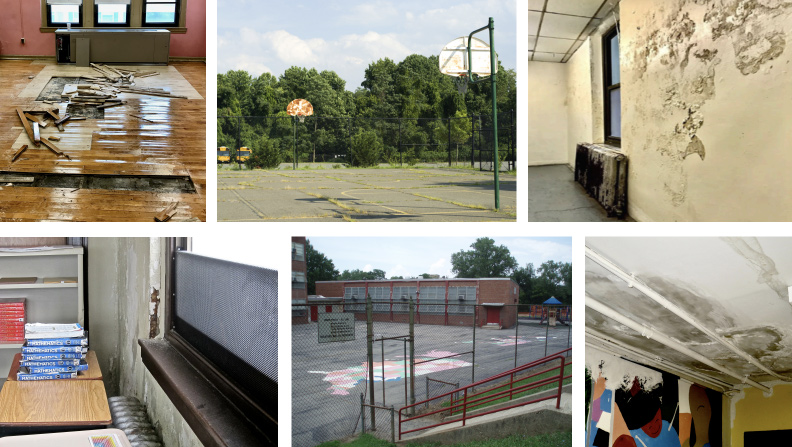
Photo Credits: IWBI - State of Our Schools 2021 Report
Students in rural districts are especially hit hard, Hartke said. He points to Massachusetts as an example, where rural districts spend seven times less on facilities than do their urban neighbors.
Hartke’s report has recommendations for closing these gaps at the local and state levels, and there are big opportunities ahead for school districts to leverage private capital, he said. One solution he gives is for school districts to utilize the Elementary and Secondary School Emergency Relief (ESSER) funds made available during the pandemic. If PK-12 public school districts use just 15 percent of ESSER funds toward their facilities, he said, they can reduce a ten-year $276 billion maintenance gap by 11 percent.
Still, Hartke said, “The biggest actor that hasn’t come to the table, of course, is the federal government.”
School Buildings Matter
Unfortunately, Hartke describes the results of his most recent education policy advocacy work as the most heartbreaking he’s ever experienced. The Rebuilding and Reopening of America’s School Act (RRASA) has been introduced to two Congresses so far, to no avail; and the recent $1.2 trillion bipartisan infrastructure deal has no dedicated funds for schools.
What people need to do, Hartke said, is to let their elected representatives know that the state of our schools matters for the health and education of our students, as well as the staff that serves them.
After all, he points out, humans spend more time indoors than whales spend underwater. He referenced a study that said when a student graduates high school, they’ll have spent 15 percent of their lives inside school buildings. That statistic demonstrates just how important it is that these buildings are safe, healthy, and conducive to learning.
You can’t have one without the other.
“There is still hope,” Hartke told the audience. “If you guys want to weigh in, you should tell your federal delegation that schools matter. This is ultimately what I think this talk is about: Where we learn matters. Our school facilities matter. We don’t talk enough about our schools; we don’t talk enough about how important facilities are to learning, to health.”
Posted by
Join us at the K12 Facilities Forum!
The community for district and facilities leaders
Nov 8-10, 2026 | San Antonio, TX



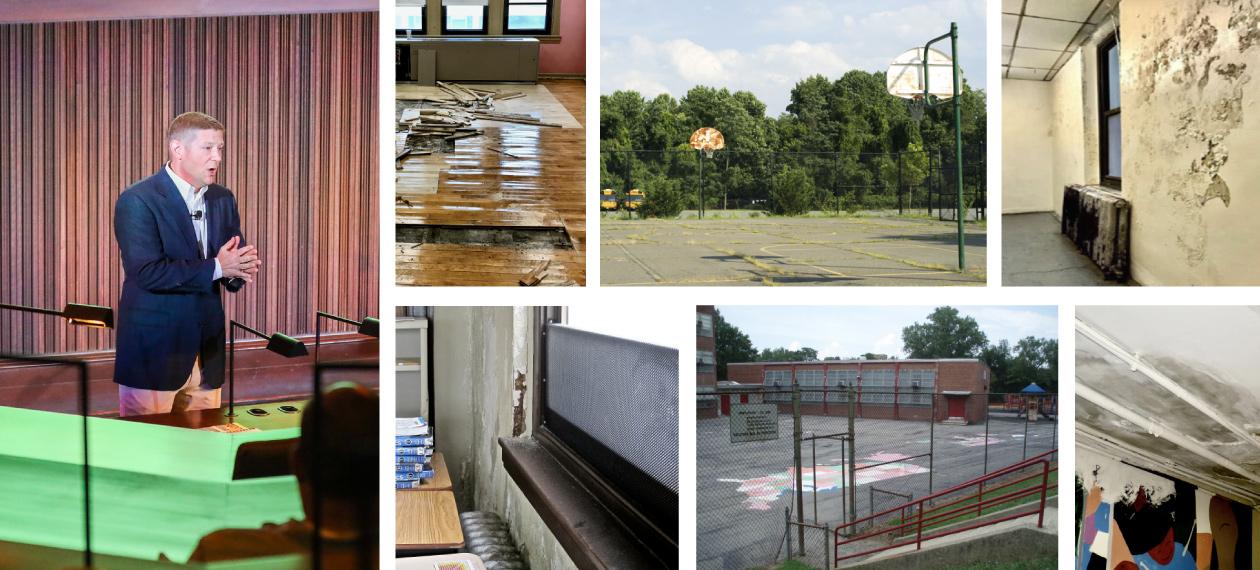

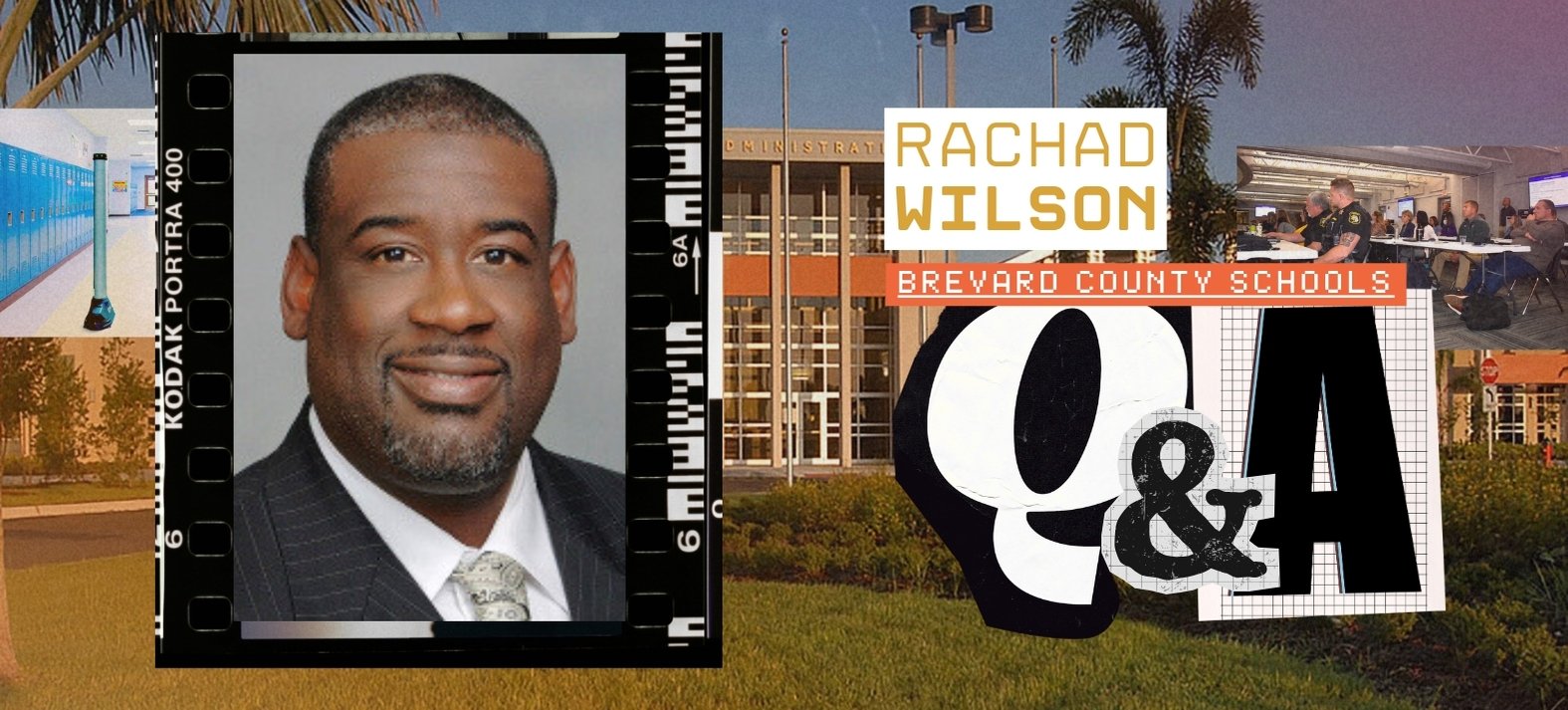
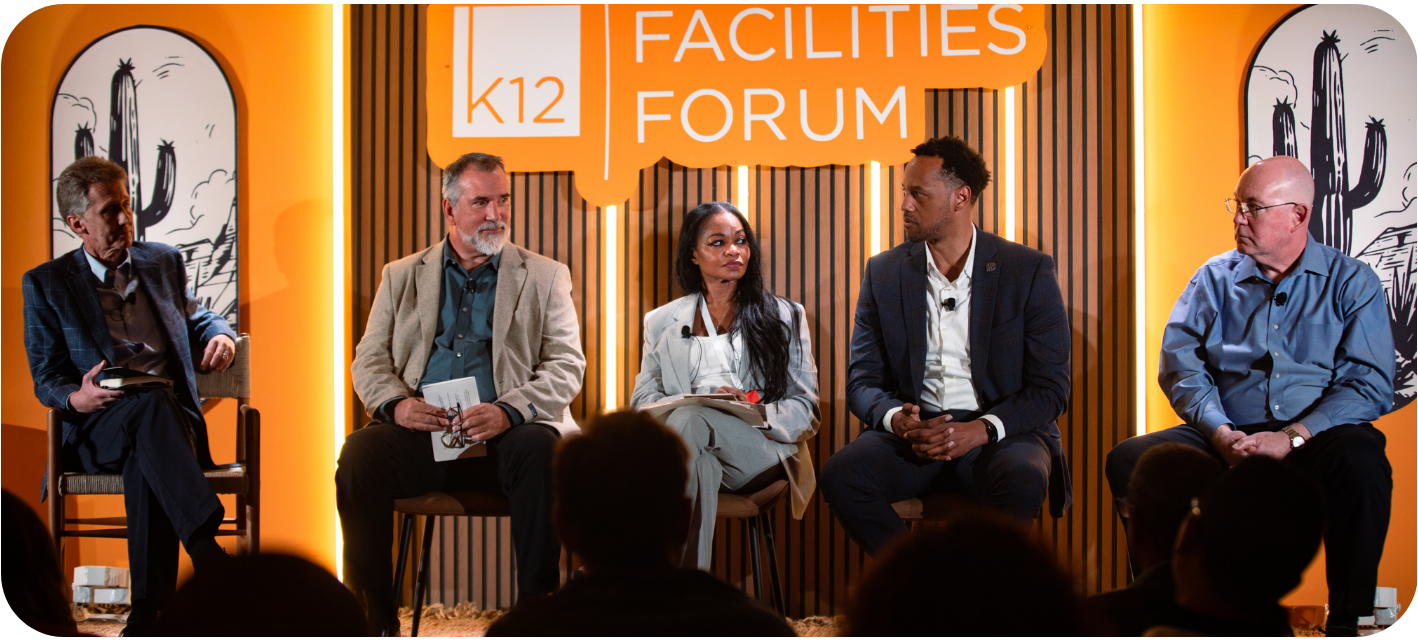

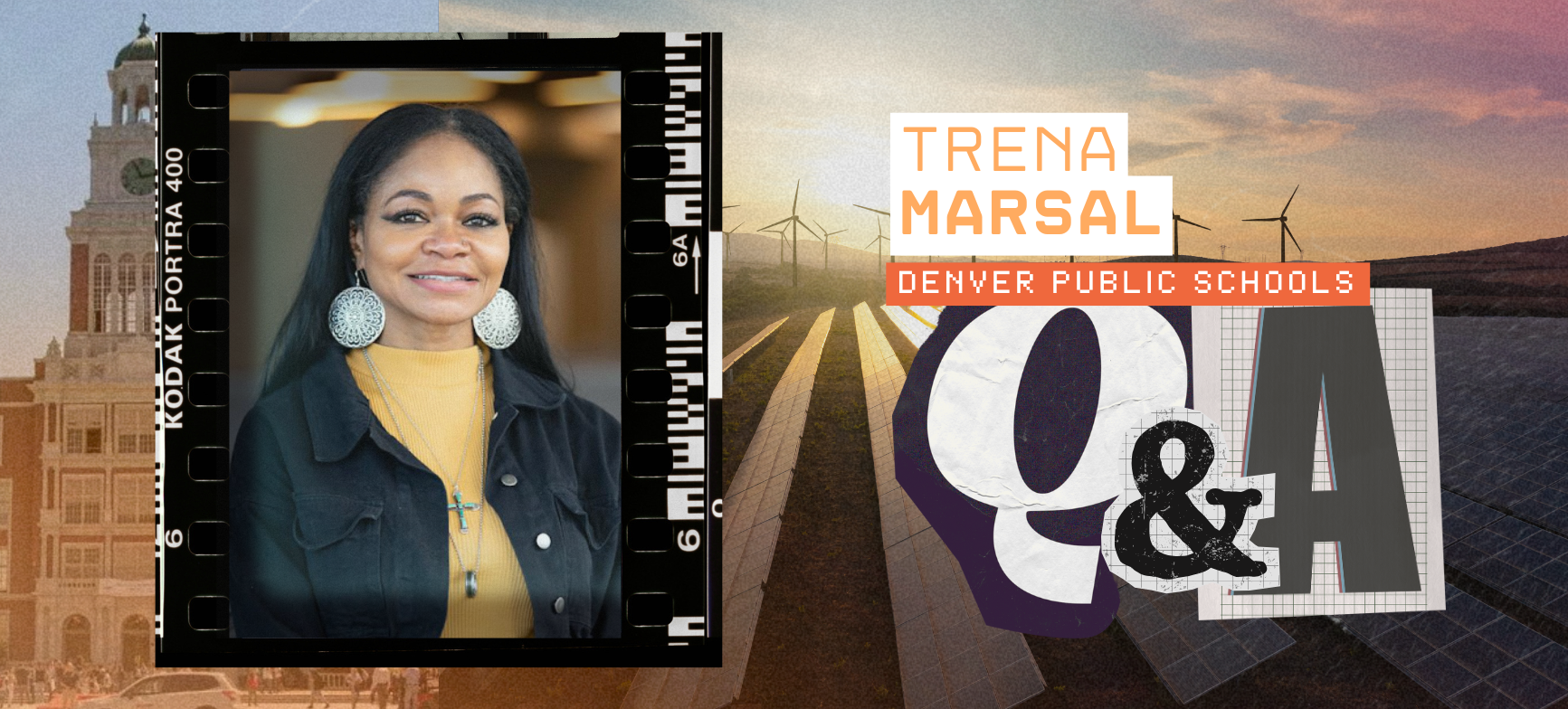
-3.png)

Comments